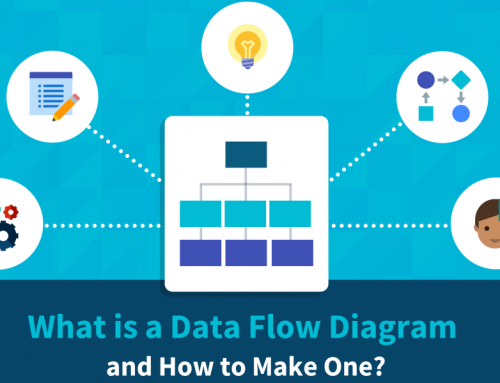4 Common Data Lineage Use Cases You Need to Know
Before diving into our list of the most common data lineage use cases, let’s figure out what is data lineage. Data lineage is the continuous tracking process of data flow, providing a clear understanding of where the data came from, how it was changed, and its final destination in the data pipeline. Data lineage tools provide data records throughout the lifecycle, including provenance information and any data transformations applied during any ETL or ELT process.
This documentation enables users to observe and track different touchpoints in the data journey, enabling organizations to verify accuracy and consistency. This is a critical capability to ensure data quality in an organization. It is often used to gain context about historical processes, and to track down the root cause of errors.

Common Data Lineage Use Cases
4 Common Data Lineage Use Cases
Businesses today are increasingly demanding real-time insights, but these discoveries require an understanding of the data and its journey through the pipeline. Some of the ways teams are leveraging end-to-end data lineage tools to improve their workflow include:
Common Data Lineage Use Cases – 1. Data Modeling
To create a visual representation of the different data elements and their corresponding connections within an enterprise, the enterprise must define the underlying data structures that support them. Data lineage helps model these relationships, illustrating different dependencies across the data ecosystem. Data evolves over time, new data sources will always emerge, new data integrations will be required, etc.
Given this, the overall data model that businesses use to manage their data also needs to adapt to changing circumstances. Data lineage helps businesses accurately reflect these changes over time through data model diagrams, highlighting new or obsolete connections or tables. This, in turn, helps analysts and data scientists conduct valuable and timely analysis as they gain a better understanding of the dataset.
Common Data Lineage Use Cases – 2. Data Migration
Organizations use data migration to understand the location and lifecycle of data when migrating data to a new storage system or adding new software. Because data lineage helps understand how data flows throughout the organization, it can help teams plan system migrations or upgrades, speeding up the overall transition to a new storage environment.
It also provides teams with the opportunity to clean up data systems, archive or delete irrelevant old data; in turn, it can improve the overall performance of data systems and reduce the amount of data that needs to be managed.
Common Data Lineage Use Cases – 3. Compliance
Data lineage provides a compliance mechanism that helps audit, improve risk management, and ensure data is stored and processed in accordance with data governance policies and regulations. For example, in 2016, the General Data Protection Regulation Act was introduced to protect the personal data of people in the European Union and the European Economic Area and give people more control over their data.
In the U.S., some states are developing policies such as the California Consumer Privacy Act (CCPA), which requires businesses to notify consumers about the collection of their data. This type of legislation makes data storage and security a priority, and without data lineage tools, organizations can find noncompliance issues time-consuming and expensive.
Common Data Lineage Use Cases – 4. Impact Analysis:
Data lineage tools allow you to understand the impact of specific business changes, such as any downstream reporting. For example, if the name of a data element changes, data lineage can help business leaders understand how many dashboards might have an impact and how many users subsequently access the report.
It can also help assess the impact of data errors and risks across the organization. Data errors can arise for a variety of reasons and can erode trust in certain business intelligence reports or data sources, but data lineage tools can help teams track down the source of errors, optimize data processing, and communicate with appropriate teams.
Conclusion
Thank you for reading our article and we hope it can help you to have a better understanding of the common data lineage use cases. If you want to learn more about data lineage, we would like to advise you to visit Gudu SQLFlow for more information.
As one of the best data lineage tools available on the market today, Gudu SQLFlow can not only analyze SQL script files, obtain data lineage, and perform visual display, but also allow users to provide data lineage in CSV format and perform visual display. (Published by Ryan on Jul 30, 2022)
If you enjoy reading this, then, please explore our other articles below:



